There are many reasons to grow a garden. Vegetable gardens can supply healthy, organic food. Fruit and nut orchards can add to the valuable nutrition. Culinary herb gardens can flavor our recipes into vibrant meals. Ornamental gardens can color a place in dazzling arrays of the rainbow. Pollinator gardens can help to save the bee and butterfly populations.
One thing that seems to get a little less attention, however, is the aromatic garden. There is nothing quite like a magical aroma wafting along with the breeze. It pulls us into a whole new world, appeals to a sense we too often forget to use when organizing garden spaces. There are amazing plants—beautiful, edible, big, small—that we can grow primarily to smell.
And, the following list is a great beginner’s path into what to grow for your nose.
Freesia
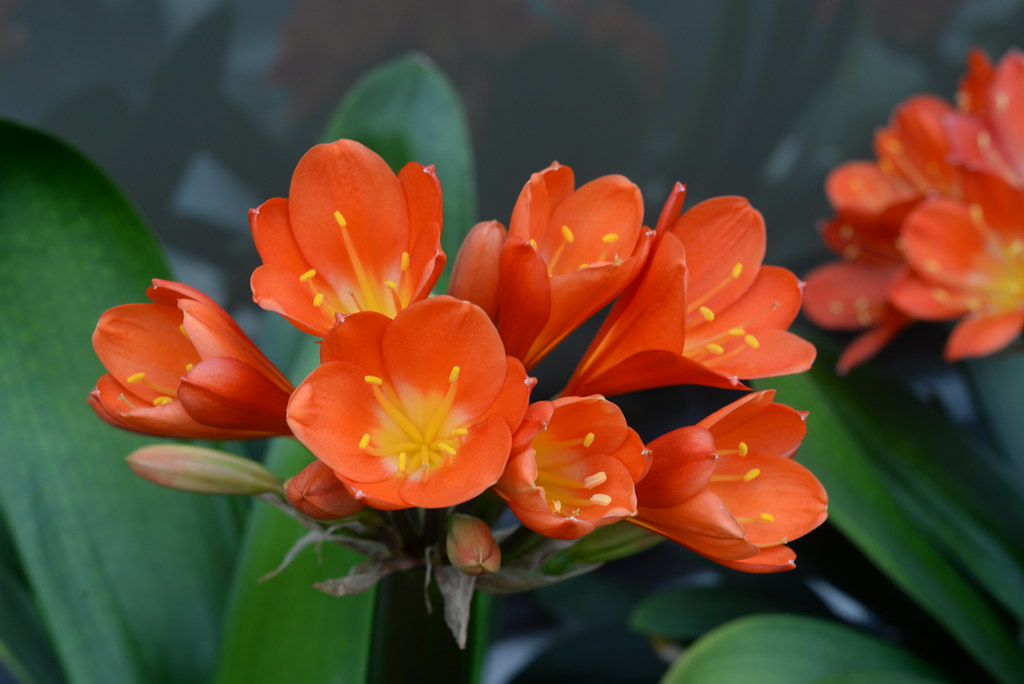
A perennial plant—buy it once to enjoy for years—freesias come in a variety of colors. They grow from corms (bulbs) that are planted in the spring about two inches deep and two or more inches apart. They bloom around twelve weeks later it produces a sweet-smelling, funnel-shaped flower. In climates cooler than USDA Zone 9, the corms will need to be dug up and stored indoors each year to survive the winter.
Freesias make fantastic cut flowers and can be eaten (flowers).
Gardenia

Gardenias are a shrub that can work in USDA Hardiness Zones 6 and warmer, and they require lots of sunshine and love humidity. They also need at least an inch of water a week. In other words, they may not be perfect for everywhere. However, if they do work for your climate, they have a legendary aroma and make a stunning backdrop to a flower garden.
Gardenias are also edible. The flowers can be used to make tea (similar to jasmine tea), and the plant’s fruit is food, medicine, and natural food coloring (yellow).
Honeysuckle
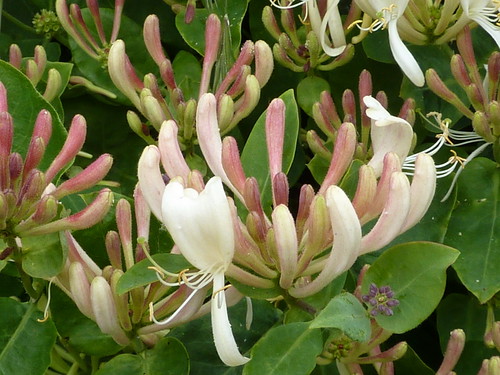
For those in colder climates, honeysuckle can be a good pick to bring some sweet smells to the garden. There are loads of varieties of honeysuckle (180+ species) with varying qualities to enjoy. Bees, butterflies, and hummingbirds love them. Japanese honeysuckle has become invasive in warmer states in the US.
There are several cold-hardy bush species of honeysuckle that produce early-ripening blue berries that are delicious, but the flowers aren’t as aromatic.
Lavender
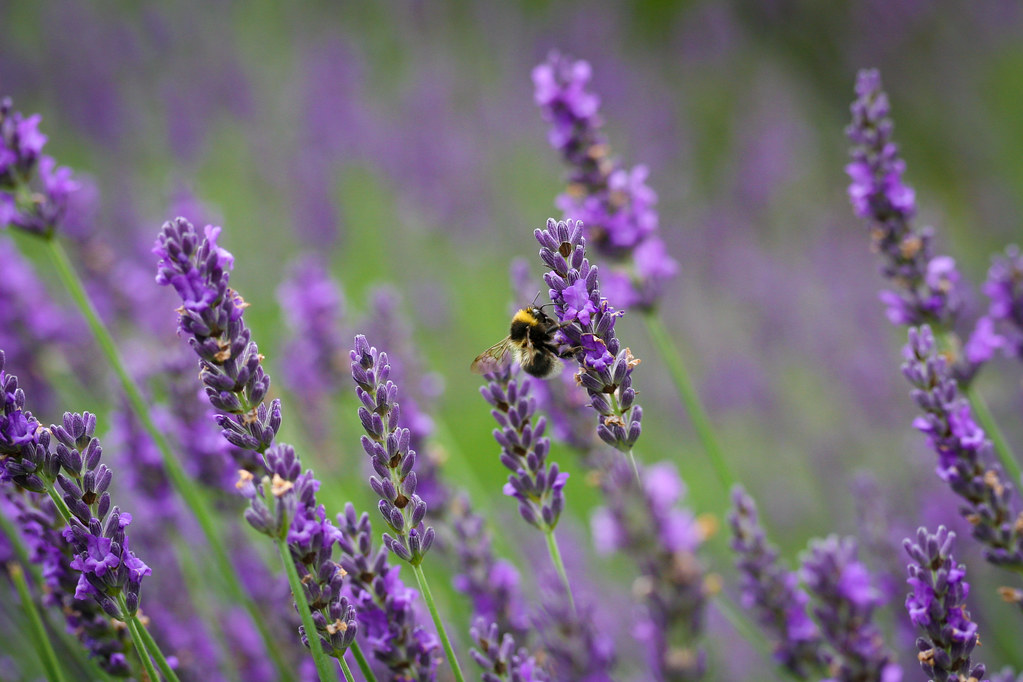
Lavender is a must-have for aromatic herb gardens. Its scent soothes our minds, relieving stress and calming nerves. It also repels various house, garden, and pet pests, such as fleas, mosquitoes, flies, and silverfish. The plants have dusty green leaves and attractive purple flowers that bees absolutely love.
In addition to being good aromatherapy and bug repellent, lavender can be used in the kitchen as well, especially with desserts.
Lemon Balm
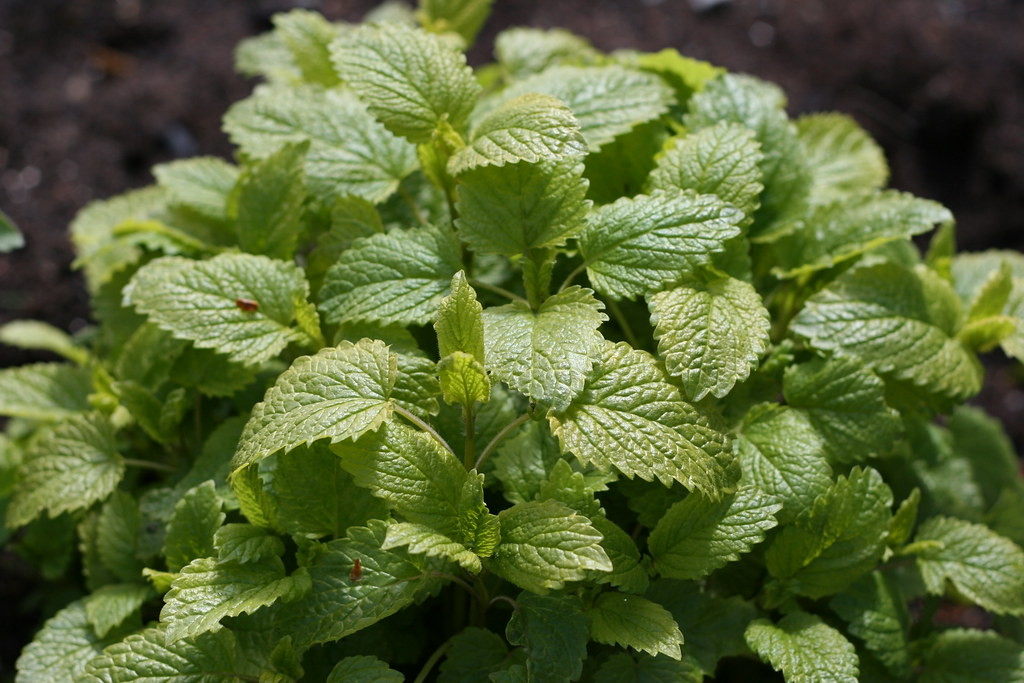
A member of the mint family, lemon balm is a voracious grower with very notable scents reminiscent of — you guessed it— lemon. Luckily, unlike mint proper, lemon balm is not nearly as prone to sending runners all over the entire garden. The plant, though it does get big, stems from a central point, so it is easier to control.
Lemon balm is great for tea, bug repellent, pesto, salads, and so on.
Lilacs
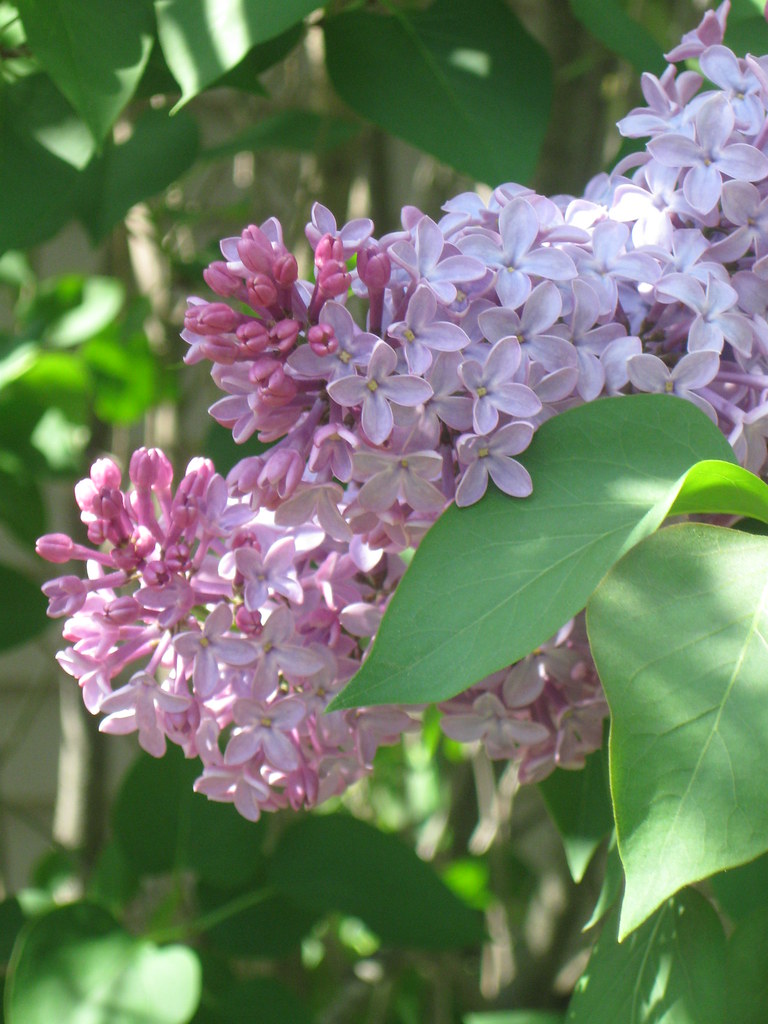
Lilacs are stunning flowers that grow on shrubs or small trees, with blooms that can appear at eye-, better yet, nose-level. Lilacs like full sun and well-draining soil, and they can grow up to fifteen feet high if left to do it and make wonderful hedges. They are cold-hardy and suitable for northern states and known to be tough plants.
Surprise, surprise! Lilacs flowers are also edible and medicinal.
Roses
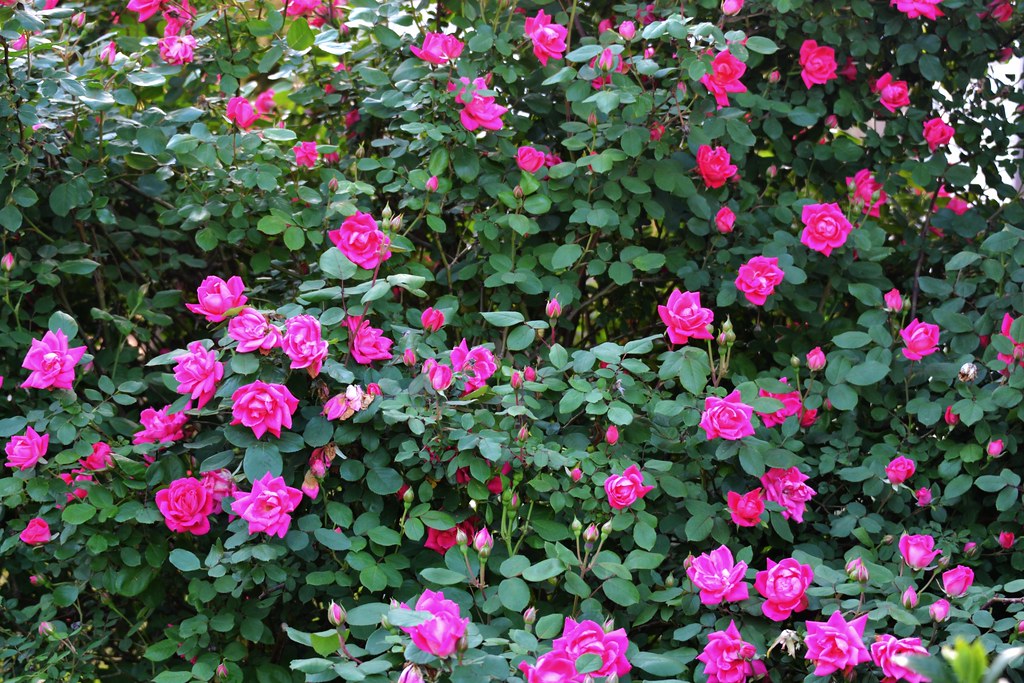
Roses are a garden classic, known for the visual splendor that has made them the choice for valentines the world over. They smell wonderful, too, which is why rose petals often make it into perfumes, soaps, and potpourri. There are tons of rose choices with several varieties that are especially regarded for fragrance.
Roses are commonly eaten in many places around the world, and rose hips, the small fruit that forms after rose blooms, are edible as well.
Pineapple Sage
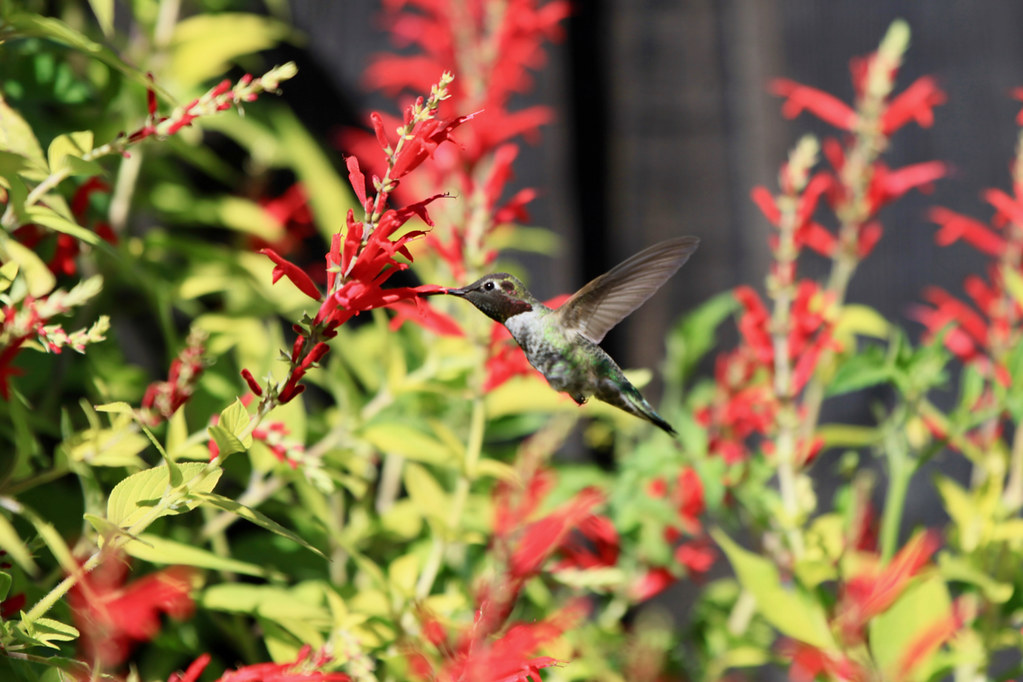
Pineapple sage likes warmer climates but, mulched well, it can survive winters in the ground in spots as cold as USDA Zone 7. It also multiplies easily from cuttings, has shocking red flowers that pop out in late summer/early fall, and grows to be a few feet tall. The leaves smell like pineapple and sage, as might be expected.
Pineapple sage can be used in teas, jams, smoothies, salads, salsas, and so on.
Wisteria
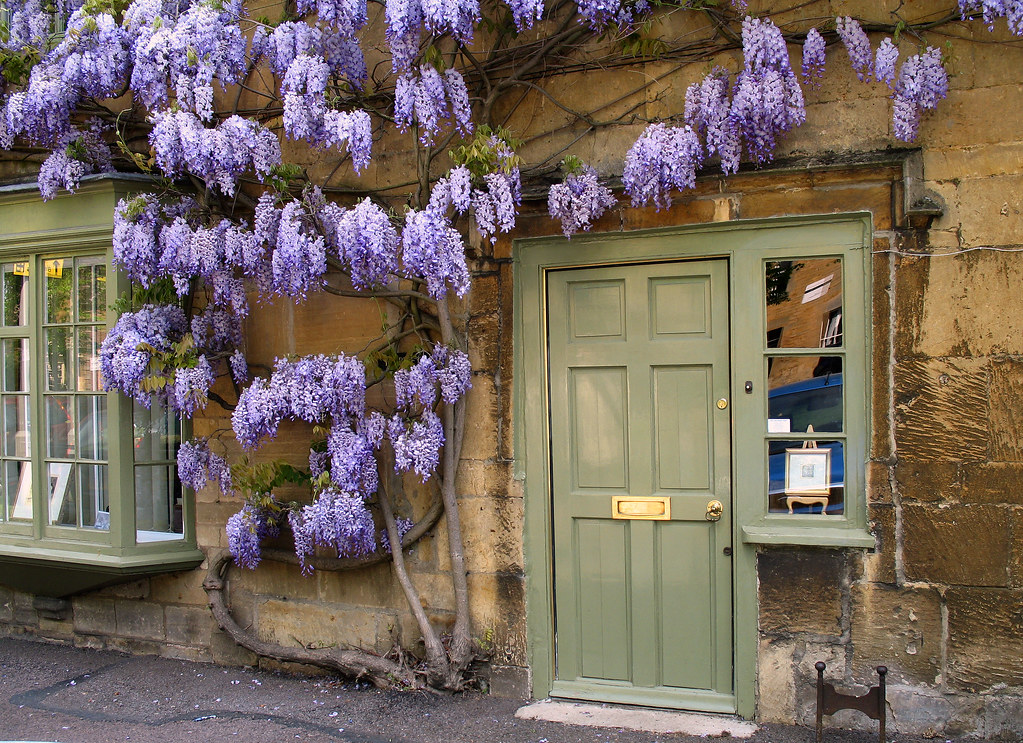
An early spring bloomer that can easily become a massive vine if not kept in check, wisteria has gorgeous purple flower clusters. This perennial vine is considered invasive in some places, but others consider it a naturalized plant. It loves to grow up trees along the roadside. It flowers before most plants do and puts a beautiful, fresh aroma on crisp, cool mornings.
Most of the wisteria plant is toxic, especially the seeds (just a couple can cause serious, possibly fatal results); however, the flowers can be consumed both raw and cooked.
Well, in case no one noticed, we’ve not only got nine beautiful aromas filling the garden, but we’ve added nine new plants to the edible landscape. Even if we are planting these for food, it’s pretty cool to know they could be.
Related Content:
For more Animal, Earth, Life, Vegan Food, Health, and Recipe content published daily, subscribe to the One Green Planet Newsletter! Lastly, being publicly-funded gives us a greater chance to continue providing you with high-quality content. Please consider supporting us by donating!
"aromatic" - Google News
November 01, 2021 at 07:45PM
https://ift.tt/3pQWSds
9 Beautiful Aromatic Plants to Include in the Garden Mix - One Green Planet
"aromatic" - Google News
https://ift.tt/2A2dLdj
https://ift.tt/3b8aPsv
Bagikan Berita Ini


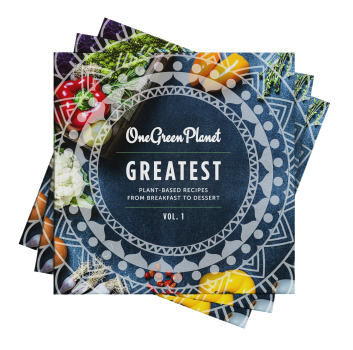















0 Response to "9 Beautiful Aromatic Plants to Include in the Garden Mix - One Green Planet"
Post a Comment